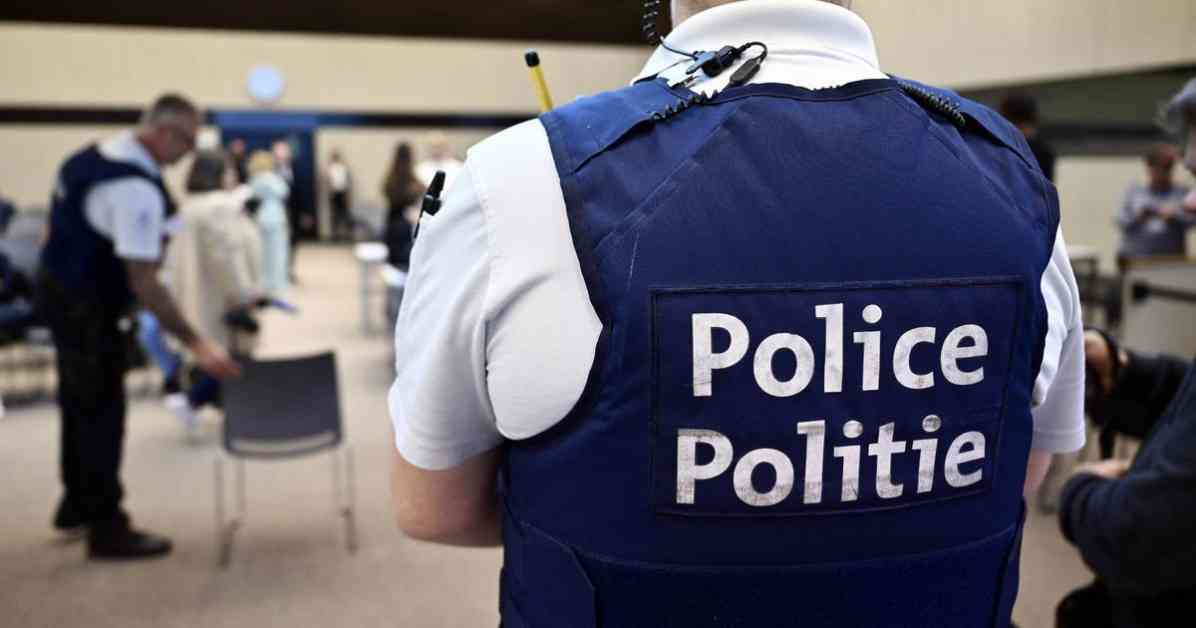Belgian authorities recently made a significant bust at Antwerp port, seizing nearly five tons of cocaine hidden in shipping containers as part of a broader investigation into a drug-trafficking operation. The inspection led to the arrest of eight individuals in Belgium and the Netherlands, along with the confiscation of $193,000 in cash, weapons, jewelry, luxury items, and 4.78 tons of cocaine.
The investigation focused on a criminal group that was responsible for trafficking cocaine from South America, Central America, and Canada to Belgium. This group was allegedly involved in clearing suspicious containers at the port of Antwerp and providing logistical support to other organizations in exchange for payment.
Antwerp port is a key entry point for drugs smuggled from South America into the European market, and law enforcement authorities frequently conduct raids in and around the port. Last year, a record 116 tons of cocaine were seized at the port, highlighting the scale of drug trafficking operations in the region.
In a separate incident earlier this year, police dismantled a major network involved in transporting Latin American cocaine into Europe by boat, leading to 50 arrests across eight countries. Similarly, Paraguayan officials discovered over 4 tons of cocaine hidden in a sugar shipment bound for Belgium, marking the largest cocaine seizure in the country’s history.
These recent drug busts underscore the ongoing challenges faced by law enforcement agencies in combating international drug trafficking networks. The coordinated efforts of authorities across different countries are crucial in disrupting these operations and preventing illicit drugs from reaching the streets.
As the investigation into the drug-trafficking ring at Antwerp port continues, authorities are expected to gather more information about the criminal organization’s activities and networks. This latest seizure highlights the persistent threat posed by drug traffickers and the importance of international cooperation in addressing this global issue.










